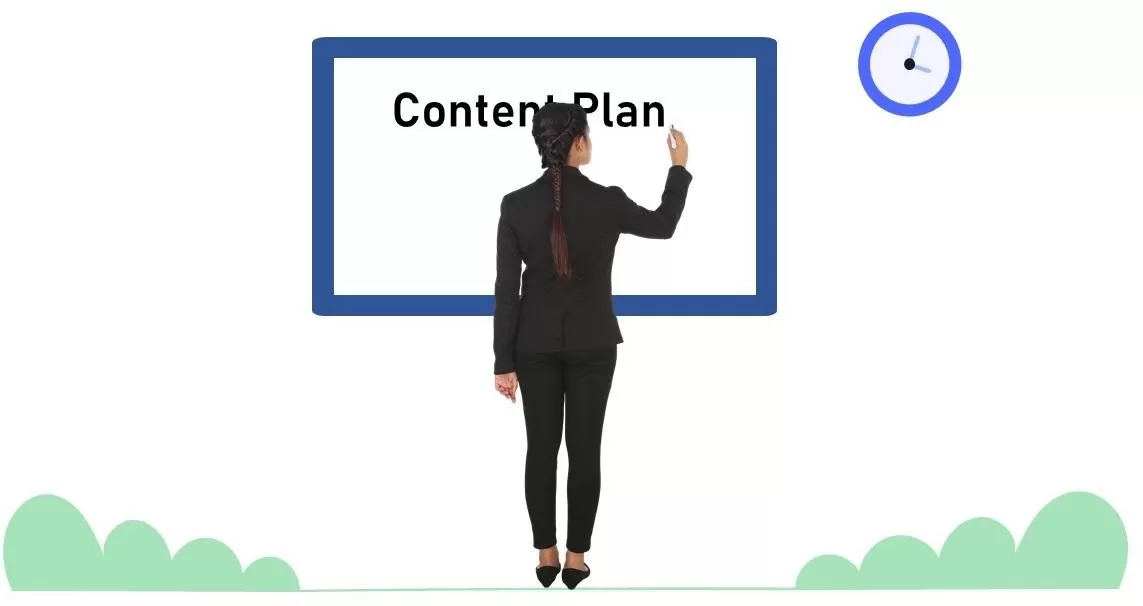Writing content plan instructions
The instructions that go in a Content Plan should guide the author to create a response that sails through its reviews
Sometimes you know can guide the authors by telling them what to include and sometimes you just don’t know and need them to figure that out. You get to decide what level of detail and what form the instructions should take, based on your knowledge, the capabilities of your writers, and the circumstances surrounding your proposal. Think of Content Planning as a toolbox with many different techniques that can be used to solve particular problems.
Sometimes the instructions will tell the author exactly what to write. Ex:
Describe how our approach does this, this, and that.
Provide a list of our locations.
And sometimes the instructions will tell the author what they need to figure out. Ex:
Figure out what our approach to this requirement is and then describe it.
Describe how our approach to risk mitigation will reflect the client’s circumstances.
Proposal Content Plans get written at the beginning of the proposal. Sometimes you haven’t figured everything out yet. But if you know what needs to happen next, that can be the guidance you provide. You can take it further by saying “After you complete that, then do this with it.”
Sometimes Proposal Content Plans are written by people who are not subject matter experts (SMEs) and may need them to figure out what should go in the proposal for certain items. Sometimes SMEs are teamed with a proposal writing specialist who interviews them to complete the proposal. You can use the Content Plan as a way to emulate this, by inserting the interview questions into the Content Plan to guide the SME through the proposal considerations and steps.
If you know something should go in the proposal, but don’t have the details, it’s okay to put a placeholder in the Content Plan. Ex:
Org chart goes here.
Insert a table describing the features and benefits of our approach.
If there is something you are not sure about, it’s okay to say so right in the Content Plan. Ex:
If our widget does not meet the specifications, then identify an alternative.
I’m assuming that this is not included but that is.
You can actually use the Content Plan to get answers to question or track issues, simply by inserting them into the plan.
You can also use the Content Plan to deliver data for the writer to assess. Ex:
Here is a list of client locations. Describe how many of our locations match theirs. If possible, calculate a percentage or show it as a pie chart.
You can even put instructions in the Content Plan for someone else to create the instructions. Ex:
Describe, at the bullet level, what needs to be included in our approach. Phrase them as instructions to guide the author of this section.
Make sure you use clear language so that the difference between a requirement and a suggestion is clear. You should also make sure that your authors know that they can use the Content Plan to insert questions and issues themselves, so that anything that gets in the way of completing a section can be identified, tracked, and routed to someone who can resolve the issue.
When you write instructions for a Proposal Content Plan, you can also do it at various levels of details.
- Basic: Tells them what should go there. Ex: Write the management plan.
- Good: Tells them what should go there and what to include in it. Ex: Write the management plan. Describe how we are organized and how the project will be staffed.
- Better: Tells them what should go there, and also includes what you know about the customer, opportunity, and/or competitive environment, as well as you win strategies and themes. Ex: Write the management plan. Describe how we are organized and how the project will be staffed. Point out that we provide a dedicated single point of contact because we know that are competitors do not. Emphasize that all of the staff we need for the project are already hired, trained, and in place.
- Best: Tell them how to write it. Tell them what you want emphasized and how it should be presented. Ex: Write the management plan. Describe how we are organized and how the project will be staffed. Point out that we provide a dedicated single point of contact because we know that are competitors do not. Emphasize that all of the staff we need for the project are already hired, trained, and in place. Make these stand out as features. Make sure that it reflects what they are going to get out of our organizational, single point of contact, and staffing, instead of simply describing it. Use the keywords from the evaluation criteria as much as possible.
The best instructions show the author exactly what they need to do to pass the proposal reviews that come later.
Access to premium content items is limited to PropLIBRARY Subscribers
A subscription to PropLIBRARY unlocks hundreds of premium content items including recipes, forms, checklists, and more to make it easy to turn our recommendations into winning proposals. Subscribers can also use MustWin Now, our online proposal content planning tool.


